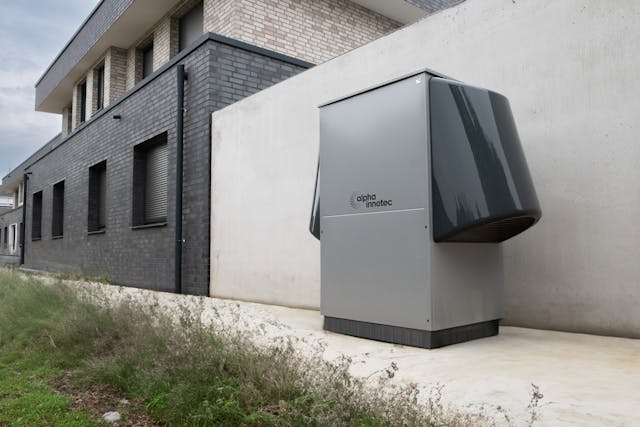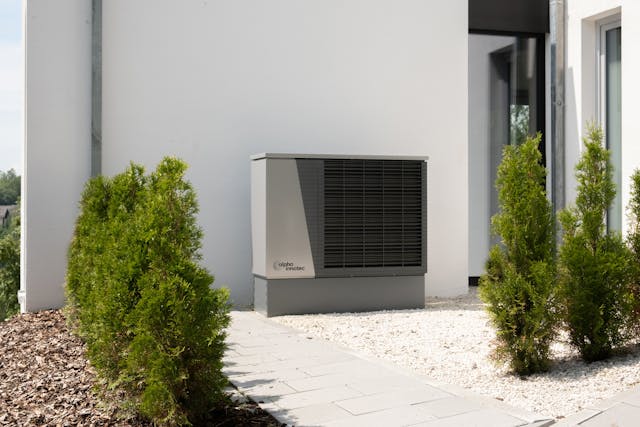Are you sick of paying too much for energy and having heating systems that don’t work well? In that case, you might want to look into heat pumps. These new gadgets are more than just a trend; they’re a smart way to heat and cool your home. Heat pumps use renewable energy from the environment, which is better for the environment and can save you money over time.
What is a heat pump, though? How does it work its magic without hurting your money or the environment? In this blog post, we’ll talk about all the different types of heat pumps and clear up some common misconceptions about them. Let’s find out how these energy-saving systems work, whether you’re thinking about switching to one or just want to know more about them.
The Different Kinds of Heat Pumps
There are many various kinds of heat pumps, and each one is made to work best in a certain sort of area and for a certain heating need.
One of the most common types of heat pumps is the air-source heat pump. They take heat from the outside air, so they may be used to heat or cool your home.
Geothermal heat pumps work in a different way since they use the ground’s steady temperature. These systems use energy from deep down, which means they work just as well no matter what the weather is like outside.
Water-source heat pumps get heat from lakes, rivers, and other bodies of water that are close by. They’re not as prevalent, but they can work really well when put near the right water sources.
There is hybrid heat pumping technology that uses both traditional heating methods and renewable energy sources. This choice gives you options and makes the best use of energy based on the weather.
Homeowners can make smart choices that are right for them and their situations by understanding these differences.

Advantages of Using a Heat Pump
More and more homes are choosing heat pumps to get the most out of their energy use. One of the best things about them is how well they work. They move heat around instead of creating it, which makes them much cheaper to run.
Heat pumps also keep you comfortable all year long. They can heat and cool your home, and they work well in all seasons. Because of this flexibility, there is no need for separate heating and cooling systems.
Being good for the environment is another plus. They help cut down on carbon footprints by using renewable sources like air or ground heat instead of fossil fuels.
The ability to install it in different ways is another thing that makes it appealing. There are different kinds of heat pumps, such as air-source, water-source, and geothermal. Homeowners can choose the one that works best for their property type and climate.
A lot of models come with smart technology built in. This implies that you may change the temperature settings from a distance using apps, which makes things easier and saves energy expenditures.

Things People Get Wrong About Heat Pumps
A lot of people believe that heat pumps only function in warm places. This isn’t right. Even as the temperature drops, they can easily pull heat out of the air or ground.
People also often think that heat pumps don’t supply enough heat. In fact, current versions work really well and can keep the inside of a building warm during the winter.
Some people think that putting in these systems costs too much. At first, the charges may appear excessive, but over time, their energy efficiency can save you a lot of money.
People think that heat pumps need to be worked on all the time. Regular maintenance is good for any HVAC system, although they usually don’t need as much care as traditional furnaces or boilers.
By knowing these common mistakes, homeowners may make smart choices regarding their heating needs that keep them as comfortable as possible and lower their energy expenditures.





